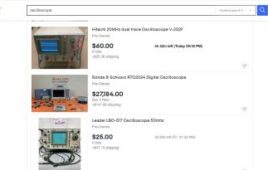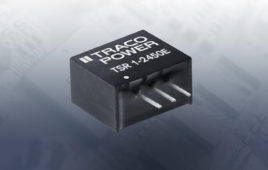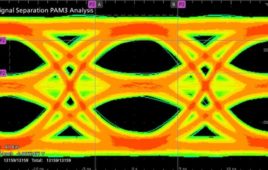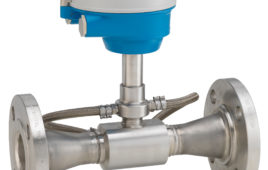Without specifically mentioning Underwriters Laboratories (UL), the National Electrical Code (NEC) makes frequent reference to “a nationally recognized testing laboratory”(NRTL). There are several such organizations. UL is the best-known. Manufacturers submit their products to UL for evaluation. If they pass, the products are listed and/or labeled. Not all electrical products are required to be UL listed. For example, an electrician may use galvanized drywall screws in an installation, but they are not listed. If a previously unlisted product is submitted by a manufacturer and is listed, there will be a rush by competitors to get their similar products listed.
Here and there throughout NEC, the Code requires certain specific items to carry the listing, and in certain instances to be labeled. An example is the back-up battery in a fire alarm control panel.
There are actually two types of UL marking: Listing certification and Recognition certification. UL Listing generally implies a certification for a final product. UL Recognition pertains to a certification for a part or a component built into a product.
Additionally, it is up to the “authority having jurisdiction” (AHJ) — primarily the local electrical inspector — to evaluate the electrical installation. The installation includes any connected electrical equipment such as a hard-wired range or light fixture. Because the electrical inspector cannot be expected to disassemble or test all types of connected appliances, this individual has the option to rely on the UL listing, and that is the general practice.
 UL was founded in 1894, just a few years after electrical distribution systems brought utility power to homes, businesses and manufacturers. The organization began by inspecting and certifying fire doors and fire extinguishers. Soon it was doing in-factory inspections in manufacturing facilities, and this practice continues today. Until 2012 UL was a non-profit organization, but it has transitioned to a for-profit corporation. The purpose and agenda appear substantially unchanged.
UL was founded in 1894, just a few years after electrical distribution systems brought utility power to homes, businesses and manufacturers. The organization began by inspecting and certifying fire doors and fire extinguishers. Soon it was doing in-factory inspections in manufacturing facilities, and this practice continues today. Until 2012 UL was a non-profit organization, but it has transitioned to a for-profit corporation. The purpose and agenda appear substantially unchanged.
UL maintains facilities in 46 countries and provides services in 104 countries. World-wide it has about 12,000 employees.
A growing problem has been the availability of electrical equipment and supplies, notably wire, at cut-rate prices, having counterfeit marking and falsely claiming UL listing. The best way to avoid the use and installation of these hazardous products is to buy only from trusted vendors and to avoid online auction sites and flea markets.
There is another NRTL that issues certifications found in the U.S. It is called CSA which originally stood for Canadian Standards Association. Now, CSA is a private testing body. When a product is certified by UL using the Canadian standards (CSA Standards), the product will have a C-UL certification mark expressing its conformity to the CSA Standards. Based on the MRA (Mutual Recognition Agreement), there is cross-certification between the U.S. and Canada.
As in the U.S. with UL, provincial laws in Canada stipulate that electrical appliances connected to a public power source must conform to CSA Standards. To show a product conforms to CSA Standards, the manufacturer must obtain C-UL certification or CSA certification, or the seller needs to directly apply for certification to the officials of individual provinces.
Finally, there is sometimes some confusion about UL and another standards body, ANSI (American National Standards Institute). ANSI is a non-profit organization established in 1918 that administers and coordinates the standardization system in the U.S. In principle, ANSI does not create standards by itself and just approves the standards created by other organizations as ANSI Standards. Many UL standards have been adopted into ANSI/UL Standards.
The post The meaning of UL and CSA marks appeared first on Test & Measurement Tips.
![]()
Filed Under: Test & Measurement Tips




